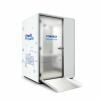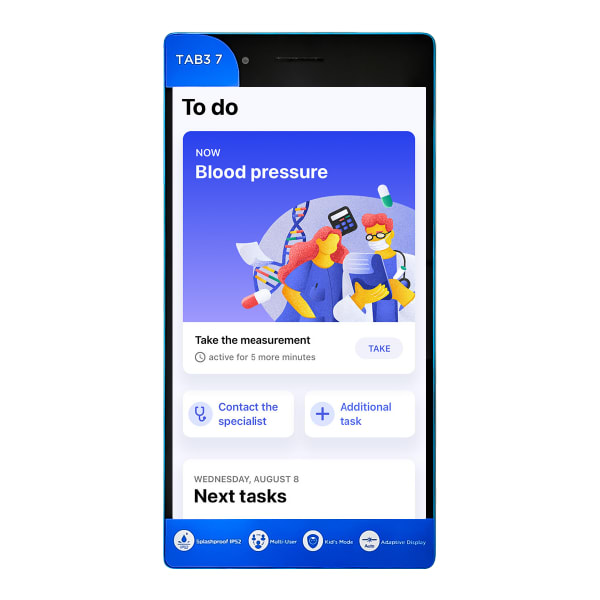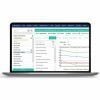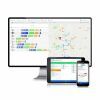Unlocking the Potential of Telenursing for...
- EXEC
- 19/04/2024
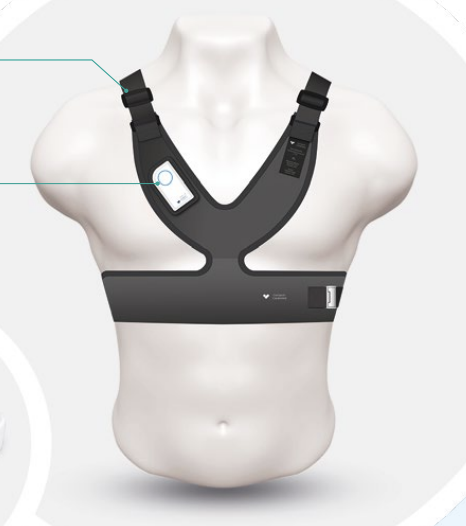

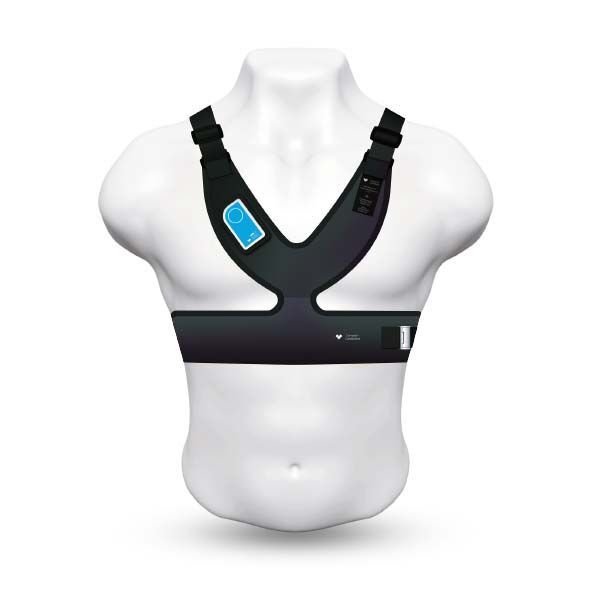
Comarch CardioVest is a solution used to perform preventive examinations, diagnostics andsupervision of adult patients with cardiological disorders. The innovative technology records and transfers ECG data to the telemedicine platform. The implemented algorithm interprets the data and conducts advanced analysis of ECG signals, automatically detecting crucial disorders and deviations from standard. The solution makes it possible to shorten long-term ECG monitoring analysis significantly, and to verify the recording fully, without manual signal processing.
PATIENTS REQUIRING DIAGNOSIS, - FOR EXAMPLE:
PATIENTS REQUIRING SUPERVISION:
TO PREVENT:
FOR ENTITIES RUNNING SCIENTIFIC AND CLINICAL RESEARCH
Comarch CardioVest is a solution used to perform preventive examinations, diagnostics and supervision of patients with cardiological disorders.
Thanks to the innovative technology of the CardioVest system, long-term ECG monitoring is possible without the application of any electrodes, which greatly improves the patient’s comfort.
Until the CardioVest system, there was no method of recording ECG signals reliably and safely. The technology records and transfers ECG data to the telemedicine platform. The implemented algorithm interprets the data and conducts advanced analysis of ECG signals, automatically detecting crucial disorders and deviations from standard. The solution makes it possible to shorten long-term ECG monitoring analysis significantly, and to verify the recording fully, without manual signal processing. The simple modular structure and wireless data transmission of the CardioVest system enable ECG reading and analysis after every 24 hours of the examination.
The system consists, among other things, of two independent recorders carried interchangeably, which the patient changes every 24 hours. The first recorder is installed on a vest, while the other one, concurrently, fully automatically, and without engaging the patient, sends the records of the completed part of the examination. This method means there is no need to wait until an examination ends to obtain the results. It enables earlier reaction to any detected cardiac rhythm disturbances.
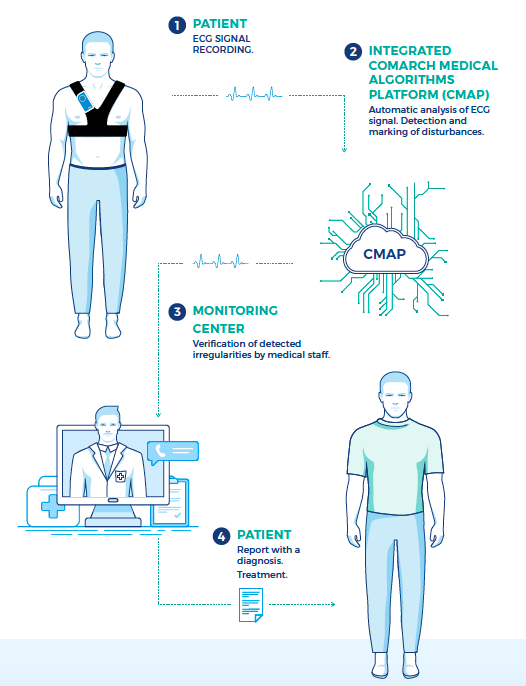
Loading...








